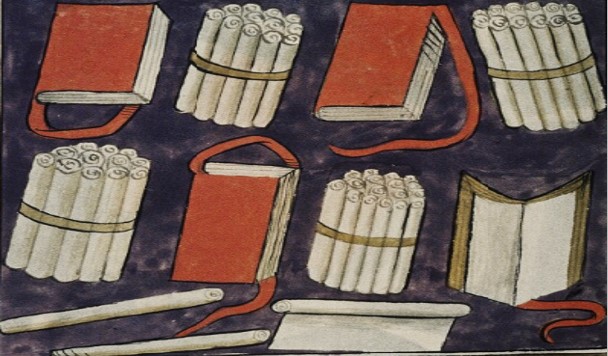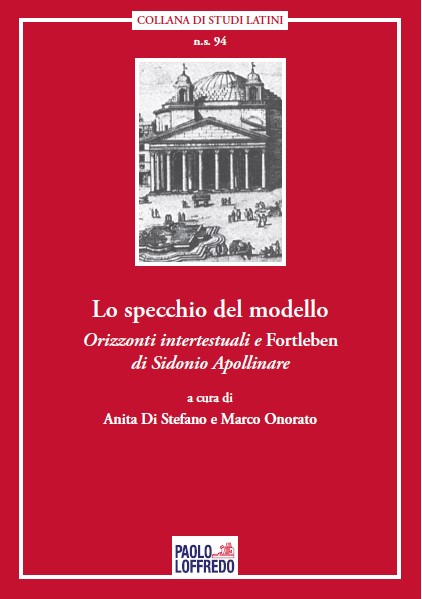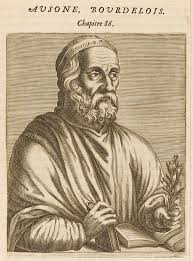Organised by Sara Fascione, the international conference Concatenantur sibi epistulae nostrae took place online on 23-24 September. Its proceedings will be published in the near future.
Sara summarised the results as follows:“Leitmotif of the conference has been the attempt to understand to what extent arrangement criteria are a relevant element to consider when reading a letter collection.
We saw that the concept of a letter collection itself is very fluid and that the types of arrangement criteria are numerous, and cannot always be classified. The fact that over half of the extant letter collections has no single and largely stable order in the manuscript tradition should always be considered when trying to find ordering patterns. Another element to take into account, as has emerged from the discussion, is the reader’s involvement in creating meaning when approaching a text. Any reading aiming at identifying an internal narrative, a logic in the progression of the letters, has a certain degree of subjectivity.
Nevertheless, the authors, or the editors, of the collections under consideration clearly evince the effort of creating consistency through different strategies. I think we have shown in the last two days that, even if the concepts of intentionality or authoriality still challenge scholars dealing with epistolography, arrangement in any form is used by authors or editors to make the collections into consistent wholes. Letters are really interlaced, as Ambrose’s statement on the ‘concatenatio’ lets infer; it is our task, as modern readers, to understand how.“




